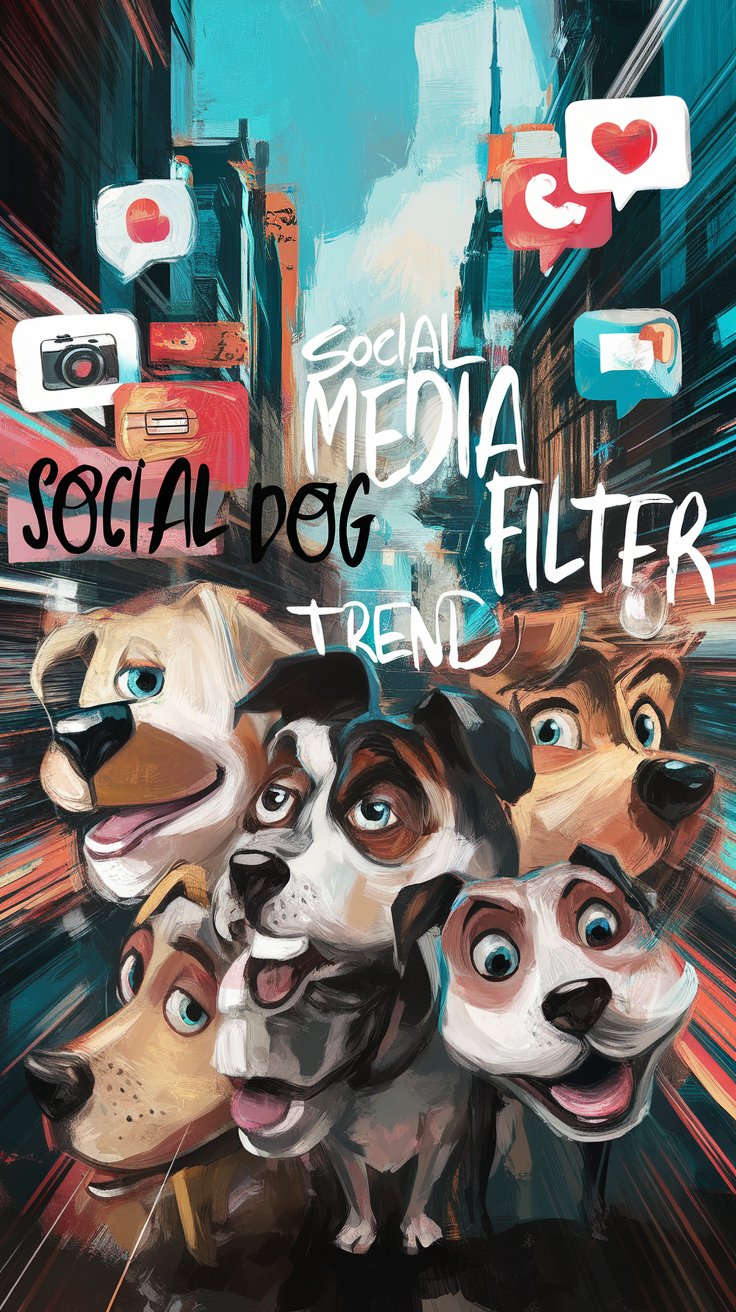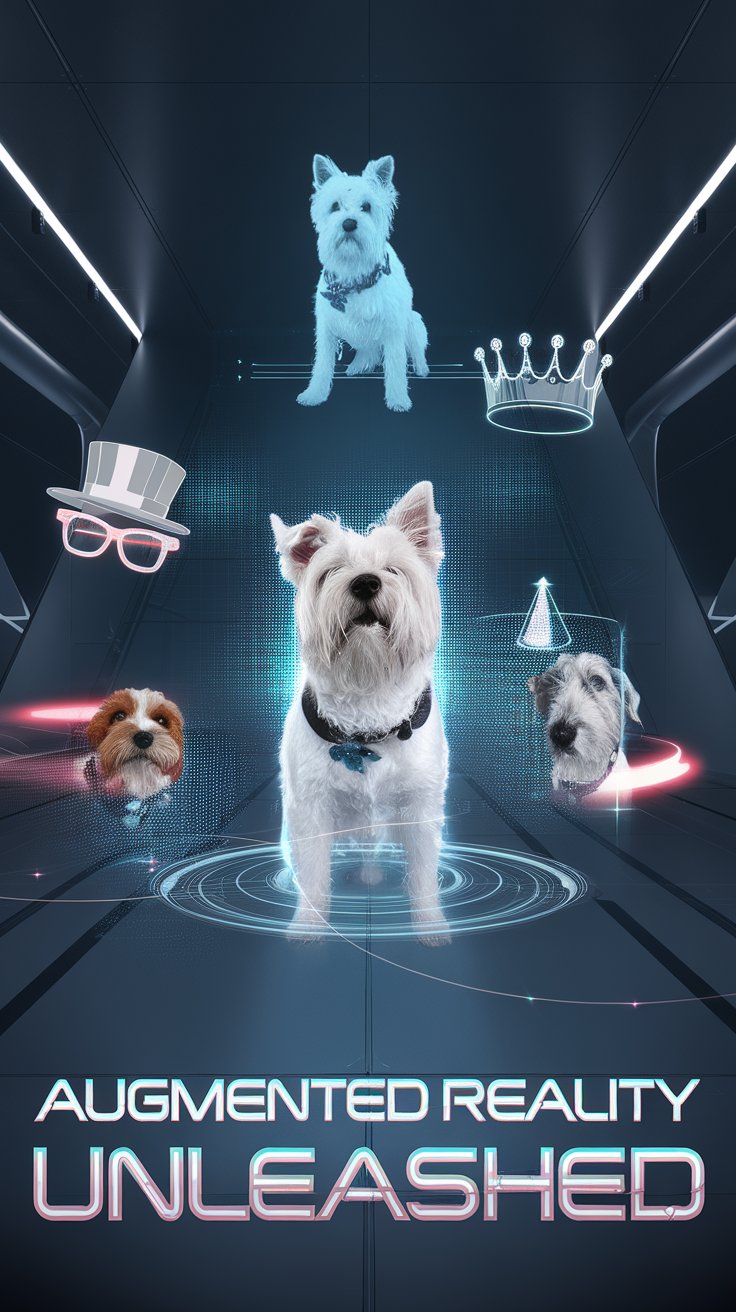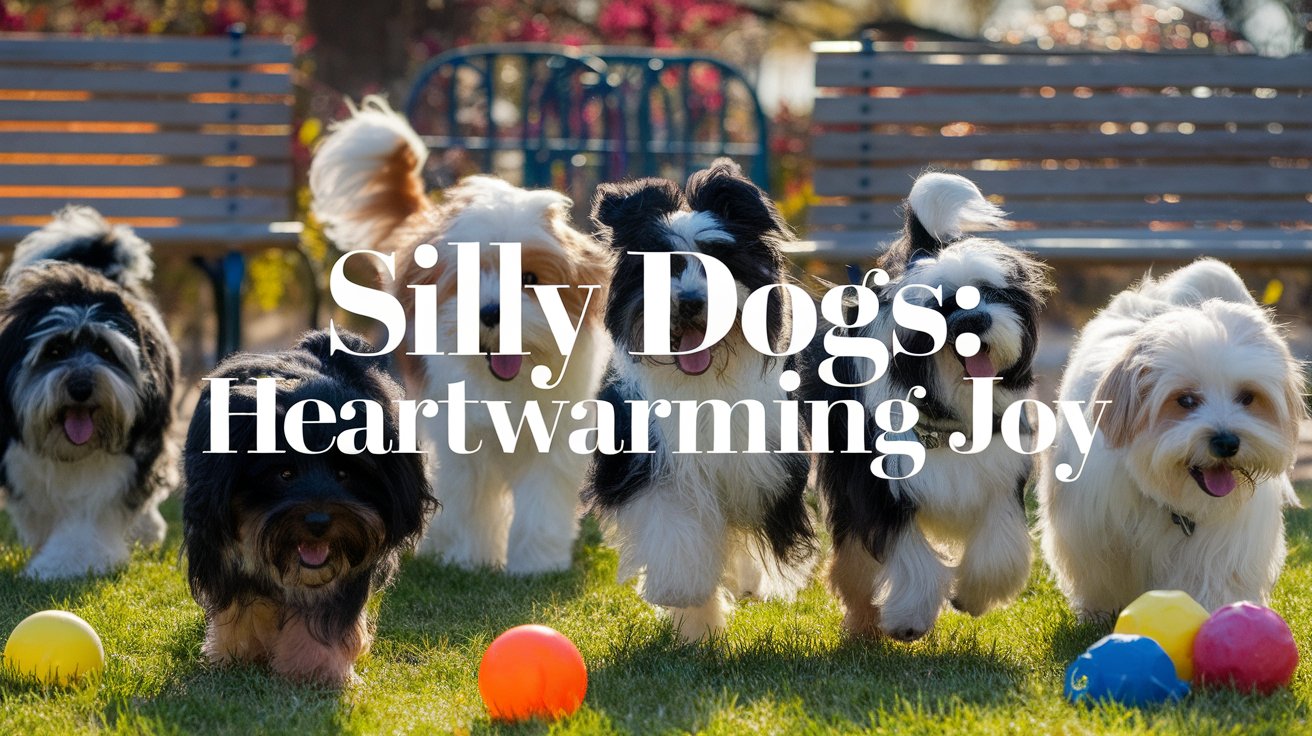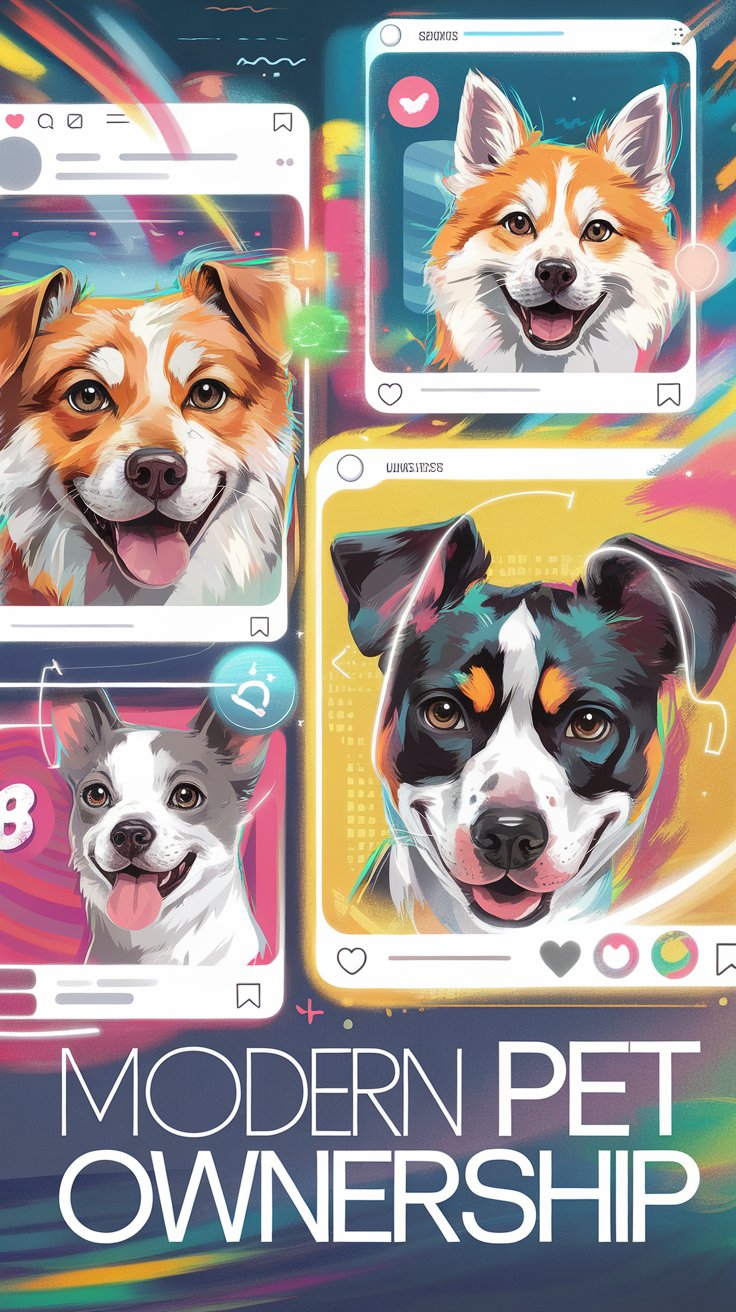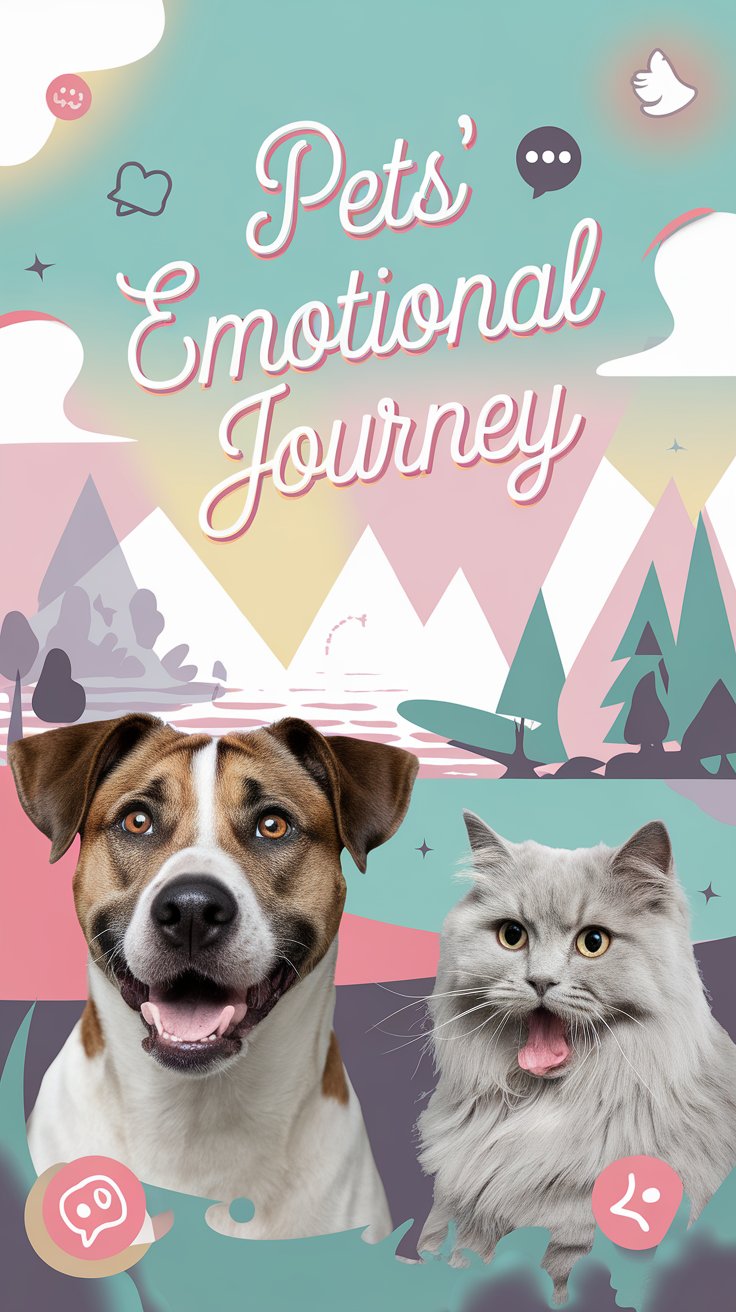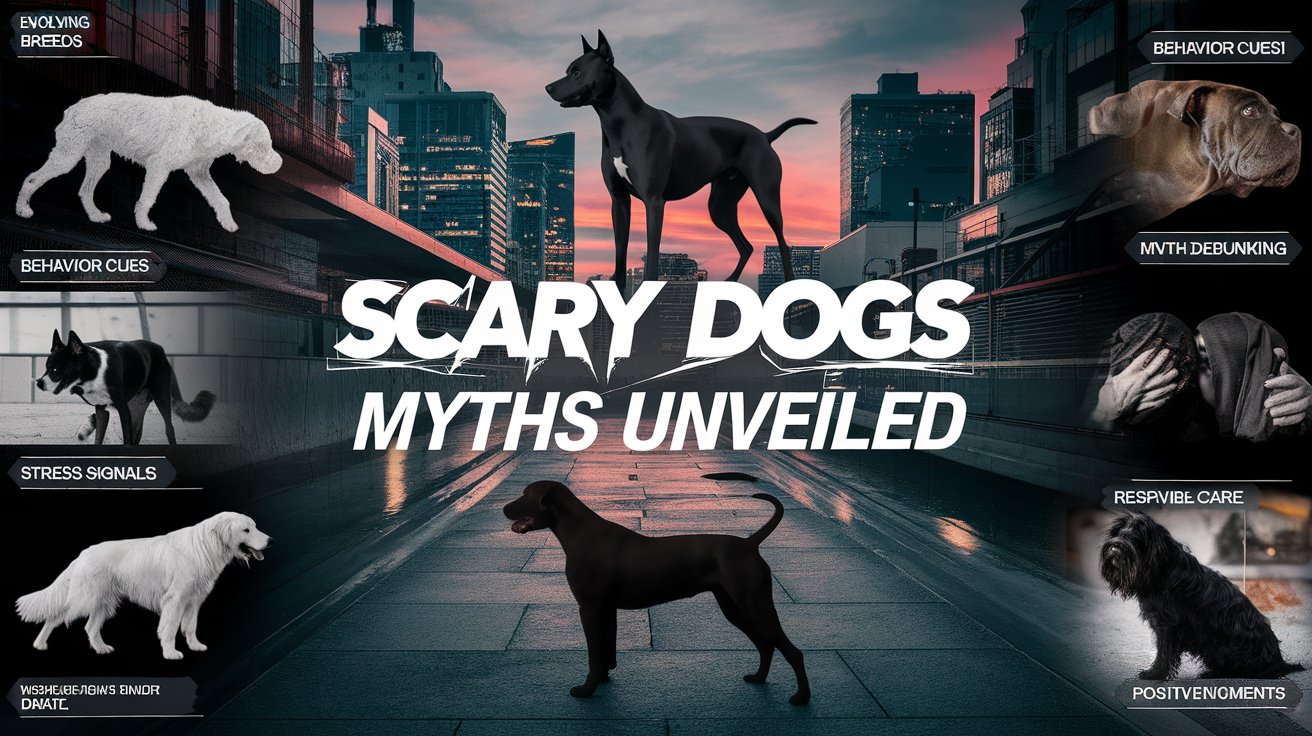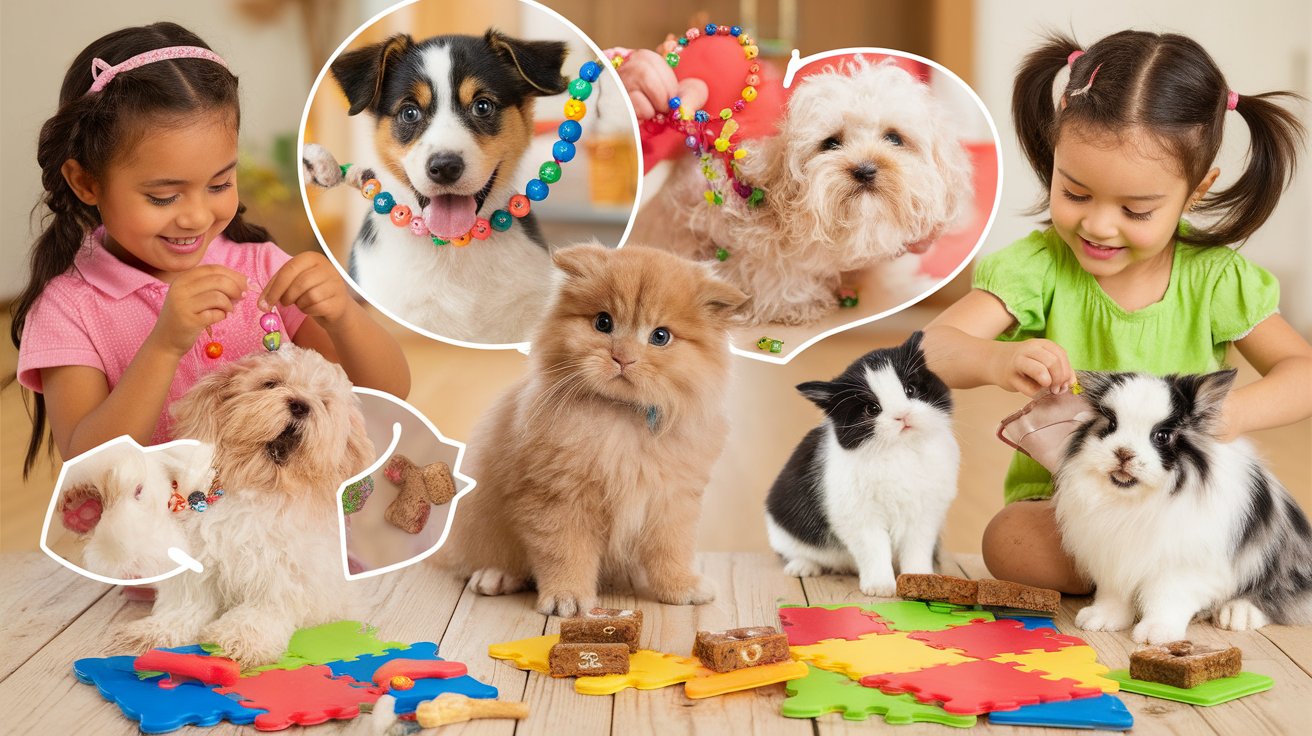Introduction
The explosion of social media has introduced various trends that captivate audiences, one of which is the fervent popularity of filters—especially the dog filter. Originating in platforms like Snapchat, these filters allow users to overlay whimsical animal features over their faces, creating a charming and entertaining effect. However, as these digital embellishments spread widely, it is essential to consider the implications that such trends have on pet health and welfare. This article aims to explore the relationship between dog filter trends and their potential impact on the health of our furry companions.
Through examining the allure of the dog filter and the scrutiny surrounding augmented reality (AR) features, we can uncover how these phenomena might influence pet ownership behaviors. Are pet owners increasingly distracted by digital representations of dogs at the expense of their actual pets? Furthermore, we will investigate whether these trends promote responsible pet care or lead to potential misinformation about the needs and characteristics of dogs. Understanding this intricate dynamic is crucial to ensuring that our enthusiasm for digital experiences does not compromise the health and happiness of our beloved pets.
The Rise of Dog Filters in Social Media: Exploring the Origins and Popularity of Dog Filters
The dog filter phenomenon first emerged on social media platforms like Snapchat, captivating millions with its playful ability to overlay canine features onto users’ faces. This trend can be traced back to 2013, when Snapchat introduced the first version of its facial recognition filters, allowing users to transform themselves into whimsical versions of their favorite pets. The apparent charm of the dog filter comes from its combination of cuteness and humor, appealing to animal lovers and casual users alike. The simplicity of applying the filter created instant gratification, fostering an environment where users could express their affection for dogs in a light-hearted manner.
The popularity of dog filters skyrocketed, particularly on platforms like Instagram and Snapchat, where users often gravitate toward fun and engaging content. As these filters spread, the technology behind them improved, offering more sophisticated and interactive options. From animated ears and wagging tails to barks and other audiovisual effects, the evolution of dog filters has made them more appealing to users seeking to enhance their online presence. This viral trend has significantly influenced digital interactions, encouraging users to share lighthearted and entertaining content with friends and followers.
Over the years, the appeal of dog filters has grown beyond just being a quirky image overlay. Many users see it as an opportunity to showcase their personalities and creativity while engaging with their friends online. The rise of influencer culture further exacerbated this phenomenon, with social media celebrities and content creators frequently using these filters, further solidifying their place in the digital landscape. Pet-themed content has become a staple in influencer marketing, and dog filters have remained at the forefront of this trend, allowing users to capitalize on the relatability of pet ownership and the joy pets bring.
Dog filters have sparked a community enthusiasm for dogs and pet advocacy. Engaging with dog filters often leads users to share their pet stories, fostering a culture of connection among dog lovers. This phenomenon hints at the potential health implications for pets as their owners become more engaged with the canine community, promoting awareness about responsible pet ownership, adoption, and animal welfare. While many enjoy the fleeting fun of the dog filter, it also encourages discussions about the health and well-being of dogs, ultimately intertwining digital trends with real-world concerns regarding pet health.
Understanding Augmented Reality and Its Applications in Dog Filter Trends
Augmented reality (AR) is a transformative technology that seamlessly blends the digital world with our physical environment. By enhancing users’ perception of their surroundings, AR enriches experiences across various domains, including social media. Most notably, in the context of social media filters like dog filters, AR has shaped the way users engage with content, share experiences, and express creativity.
The underlying technology of augmented reality involves a mix of hardware and software that interprets real-time data and images captured by a device’s camera. The system identifies elements in the environment and overlays digital images or information onto these elements, thereby creating an interactive user experience. To achieve this, sophisticated algorithms process input from the camera, utilize computer vision to identify distinct features, and employ tracking technologies to ensure that digital overlays remain accurately positioned in alignment with the real world.
Platforms like Snapchat and Instagram have harnessed this technology to produce a plethora of engaging filters. These filters allow users to apply various visual alterations to their images, such as adding dog ears, snouts, or playful animations. This interactivity not only amplifies user engagement but also fosters a sense of community as people share their whimsical creations. Since its inception, the appeal of dog filters has spiraled, as users showcase their fun side, often leading to viral trends.
The integration of AR in social media transcends mere entertainment. As users experiment with these filters, they often project idealized versions of their pets, affecting perceptions of pet ownership. For instance, the charming representations created via dog filters may lead to impulsive ownership decisions among potential pet adopters who are enchanted by what they perceive as cute and engaging. In this manner, AR-driven applications serve as a bridge between virtual interaction and real-life implications on companion animal dynamics.
As AR technology continues to progress, future developments in social media filtering may further influence how individuals perceive pet health and welfare. The intersection of digital and physical worlds presents a unique opportunity for education on responsible pet care, ultimately contributing to the overall wellbeing of pets in a visually-driven societal context. Understanding AR’s role not just as entertainment but also as a catalyst for change in pet ownership behavior is essential in explaining the broader implications of dog filter trends.
Pet Ownership Trends in the Age of Filters
Influence of Social Media on Pet Ownership Decisions
The rise of dog filters on social media platforms has significantly altered the landscape of pet ownership. These filters not only augment images but also shape perceptions, encouraging potential pet owners to envision their lives with dogs in a more playful and appealing light. The digital representation of pets through these filters can lead to a romanticized view of pet ownership, often overshadowing the responsibilities that come with it.
The playful depiction of dogs adorned with adorable filters can influence individuals’ decisions to adopt or purchase a pet. For many, the immediate gratification of sharing funny images online can create a compelling narrative around pet ownership—one that emphasizes cuteness and charm. However, beneath this surface lies a more complex reality that potential owners must grapple with. The transition from a dog filter fantasy to the daily realities of caring for a pet can prove overwhelming.
Social media influencers, armed with their curated images of pet life, play a pivotal role in shaping trends in pet ownership. These influencers often showcase not just the endearing aspects of having a dog but also their experiences, which might include the challenges of training, grooming, and health care. Their selective portrayal of pet ownership may mislead potential owners into underestimating these responsibilities. It is essential to acknowledge that followers of these social media trendsetters may prioritize the aesthetic appeal of pet ownership rather than practical considerations.
Trends in Adoption vs. Purchase Decisions
The impact of filters extends to the choices individuals make regarding how they acquire pets. Adoption rates may experience fluctuations depending on the visibility of certain breeds showcased by popular accounts. Breeds that are commonly seen in filter applications often gain more attention, leading to increased demand for these particular dogs. This trend can inadvertently influence the adoption or purchase decisions of potential pet owners, favoring fashionable breeds over those in desperate need of homes.
As potential pet owners engage with these digital representations, it is vital for responsible messaging to accompany these trends. Social media platforms and influencers can play a part in educating their audiences about the importance of considering an animal’s needs before making a commitment. By promoting awareness regarding proper care, training, and adoption practices, the narrative around pet ownership can shift from superficiality to responsibility, ultimately benefiting both pets and their owners in the long run.
The Mental and Emotional Wellbeing of Pets: The Interplay of Social Media Use, Dog Filters, and Pet Emotions
The sensation surrounding dog filters and social media engagement may seem like mere entertainment, but the implications extend far beyond playful images. The emotional landscape of our pets can be significantly affected by human behavior, particularly in an environment where internet trends dictate social interactions. Pet owners often immerse themselves in digital portrayals of animals, sharing filtered snapshots that highlight exaggerated features and playful expressions. This behavior, while seemingly harmless, could have deeper ramifications for the mental well-being of pets.
The Effect of Social Media on Pet Emotions
Social media platforms foster a culture of connection and validation for human users. However, this drives pet owners to prioritize their pets’ presence in digital spaces more than their actual experiences. As pets become extensions of their owners’ social identity, the intent behind every photo and social post shifts from authentic companionship to a need for online affirmation. This shift in focus can lead to increasingly anxious behavior in pets. They may feel the pressure of constant engagement, leading to confusion and stress, especially if they sense that their worth is tied to their owner’s digital success.
The overexposure to filters can also alter how we perceive our pets. Owners may become dissatisfied with their pet’s natural state, leading to unrealistic expectations. This comparison game can foster a sense of inadequacy in pet parents, potentially heightening their stress levels, which in turn affects their pets. Animals are highly attuned to the emotions of their owners, and this shared emotional experience means that stress can resonate through the pet-owner relationship.
The Emotional Impact of Influenced Behavior
Interactions that stem from social media aesthetics can lead to diminished real-world engagement, where owners might overlook their pets’ needs during moments of distraction. This rising trend of picture-taking can inadvertently shift focus away from necessary attention and care, potentially impacting behaviors like exercise and socialization. Pets may experience increased levels of anxiety or depression, feeling neglected amid their owner’s fixation on digital impressions.
Maintaining a balance between the allure of filtered images and the genuine emotional connection with pets is vital. Owners must remain mindful that their pets’ emotional health often mirrors their own. To foster positive mental well-being, it is crucial to engage meaningfully with pets rather than simply showcasing them online. A thorough understanding of how digital behaviors influence pet emotions can lead to healthier pet-owner relationships in the digital age.
Health Implications of Pet Ownership in the Digital Era
Distractions from Digital Filters and Health Challenges for Pets
In an age dominated by digital interaction, the growing trend of using dog filters on social media platforms has brought unique challenges to the realities of pet care. While these filters offer an entertaining way for humans to engage with their pets, they can inadvertently lead to distractions that compromise the attention and care pets receive. Pets thrive on consistent interaction, mental stimulation, and physical activity; however, when owners are preoccupied with capturing the perfect image or video, they may overlook their pets’ immediate needs.
The health implications can manifest in various ways. For instance, dogs require daily exercise not only to maintain physical health but also to prevent behavioral issues stemming from boredom and frustration. When owners are too focused on enhancing their pet’s digital appearance rather than engaging in quality playtime, it can lead to sedentary behavior, weight gain, and subsequent health complications. A lack of attention can also result in missed signs of anxiety or illness, which can escalate if not addressed promptly.
The increased focus on social media can lead to decreased awareness of environmental hazards during outdoor activities. Distracted owners may overlook a potential danger, such as broken glass or aggressive animals, which could result in serious injuries for their dogs. This inattentiveness can create a cycle where pets are further exposed to risks due to owner distraction, ultimately affecting both their physical safety and emotional wellbeing.
Risks Associated with Decreased Attention to Pet Care
As pet ownership and digital trend convergence continues to evolve, the potential risks associated with diminished attention to pet care become more pronounced. Dogs are known for their ability to sense their owner’s emotional state; if an owner is emotionally invested in their digital persona rather than their pet, it may contribute to feelings of neglect for the animal. This can exacerbate anxiety and lead to behavioral problems, further complicating the dynamic between pet and owner.
Take into account that social media’s emphasis on appearance may prompt owners to focus more on how their pets are presented rather than their overall health. In the long run, neglecting the physical and emotional needs of pets while prioritizing their social media presence can take a toll on their wellbeing, ultimately transforming the joy of pet ownership into a source of stress for both parties.
Promoting Responsible Pet Ownership in the Digital Era
Strategies for Ensuring Pet Wellbeing
In the fast-paced digital age, where social media often dictates trends and attention spans are fragmented, promoting responsible pet ownership has never been more vital. Pet owners must balance their online engagement with the significant responsibilities that come with caring for their furry friends. To foster a culture of responsible pet ownership, several strategies can be employed.
Creating awareness around the adverse effects of using popular dog filters can significantly influence pet ownership practices. Pet owners should be reminded that these filters are just for fun and do not replace the real experience of interacting with their pets. Online campaigns that showcase the true joys of pet ownership, minus the digital embellishments, can help balance the trend. By sharing authentic pet experiences, owners are encouraged to invest more quality time with their animals.
Communities can leverage social media platforms to promote educational content about pet care, behavior, and health. This could be done through engaging posts, videos, or webinars featuring veterinarians and pet experts. For instance, a weekly segment on maintaining an active lifestyle for pets would provide valuable insights that directly link pet health to the owner’s activities—both online and offline.
Another effective approach involves the use of digital platforms to encourage responsible pet ownership through challenges and campaigns. Pet owners can be invited to participate in initiatives such as “unplugged weekends,” where they commit to turning off digital devices for a certain period and focusing solely on their pets. These campaigns not only forge stronger bonds between pets and their owners but also promote mindfulness regarding their pets’ needs and happiness.
Fostering a sense of accountability within communities can strengthen responsible ownership practices. Establishing networks of pet owners who share experiences, tips, and local resources can create an invaluable support system. Local pet ownership groups can organize community events focused on health and wellness, pet training, and socialization, emphasizing the importance of responsible care within a playful, engaging context.
Partnering with technology platforms to develop applications that remind owners of their pets’ needs—such as exercise routines or veterinary appointments—could enhance ownership responsibility in this digital environment. Integrating reminders and care tips into daily activities can help bridge the gap between pet care and digital distractions.
Conclusions
In summary, while the dog filter and similar digital trends present an entertaining way for users to engage with their social media, it is imperative to remain vigilant about the implications for pet health. The ease of access to filtered images may inadvertently overshadow the genuine needs of our pets, risking a disconnection between owners and their responsibilities as caretakers. We must strive for a balance that embraces the joy technology brings while also maintaining a keen awareness of the health requirements of our furry companions.
As society continues to adapt to the prevalent influence of social media, we can promote greater awareness and education regarding pet welfare. By encouraging dog owners to prioritize their pets’ health over digital distractions, we can foster a culture of responsible pet ownership. It is our duty to ensure that the excitement surrounding trends like dog filters does not compromise the physical and emotional wellbeing of the dogs we cherish.




